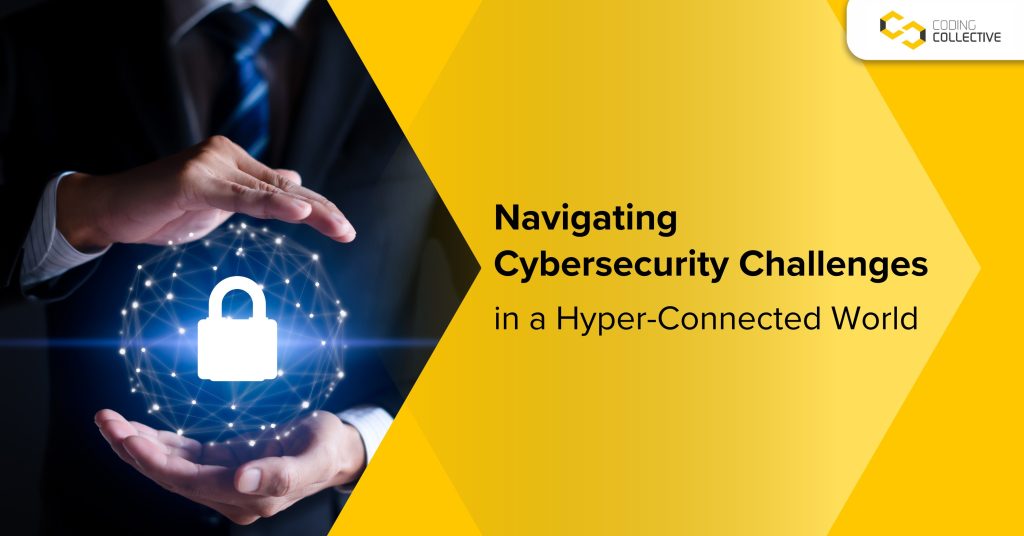
In today’s digital age, where everything is just a click away, we encounter threats that compromise our security and privacy. The expanding Internet brings with it lurking dangers that must not be underestimated, despite its numerous benefits.
Online predators such as hackers, cybercriminals, and scammers exploit vulnerabilities to steal valuable information and disrupt the operations of individuals and organizations. This stark reality highlights the critical need for robust cybersecurity measures.
The rapid advancement of technology and the ever-growing connectivity of our world present a double-edged sword of opportunities and challenges. Securing our digital assets is a significant challenge, especially in diverse work environments ranging from mobile setups to traditional office spaces. This article delves into the intricacies of cybersecurity, shedding light on the diverse challenges faced across different scenarios.
Key Cybersecurity Challenges
- Location-Based Risks: Cybersecurity risks vary by country and region, necessitating tailored security measures for different locations.
- Device Security: Ensuring devices are secured with strong passwords and encryption, whether used in public spaces or within organizational networks.
- Border Security Concerns: Awareness of legal device inspections at borders and minimizing sensitive data exposure during travel.
- Public Network Vulnerabilities: Using Virtual Private Networks (VPNs) and secure connections to protect data on public Wi-Fi networks.
- Hidden Threats: Being cautious of potential malware risks, phishing attempts, and unauthorized access to devices and networks.
Best Practices for Cybersecurity
To address these challenges and enhance cybersecurity across diverse environments, organizations and individuals can implement the following best practices:
- Security Awareness Training: Providing comprehensive cybersecurity training to all stakeholders, including employees, contractors, and partners.
- Use of Encryption and Secure Connections: Encouraging the use of encryption tools, secure connections, and VPNs for data protection.
- Device Management and Policies: Implementing robust device management policies, including remote wiping capabilities and access controls.
- Regular Updates and Patch Management: Ensuring that devices and software are regularly updated with the latest security patches and configurations.
- Risk Assessments and Incident Response: Conducting regular risk assessments, vulnerability scans, and having a robust incident response plan in place.
By prioritizing cybersecurity and adopting proactive security measures, organizations and individuals can mitigate cyber risks and protect sensitive data in a hyper-connected world. Cybersecurity should be an integral part of organizational strategies and individual practices, emphasizing continuous improvement, awareness, and collaboration to combat evolving cyber threats successfully.

